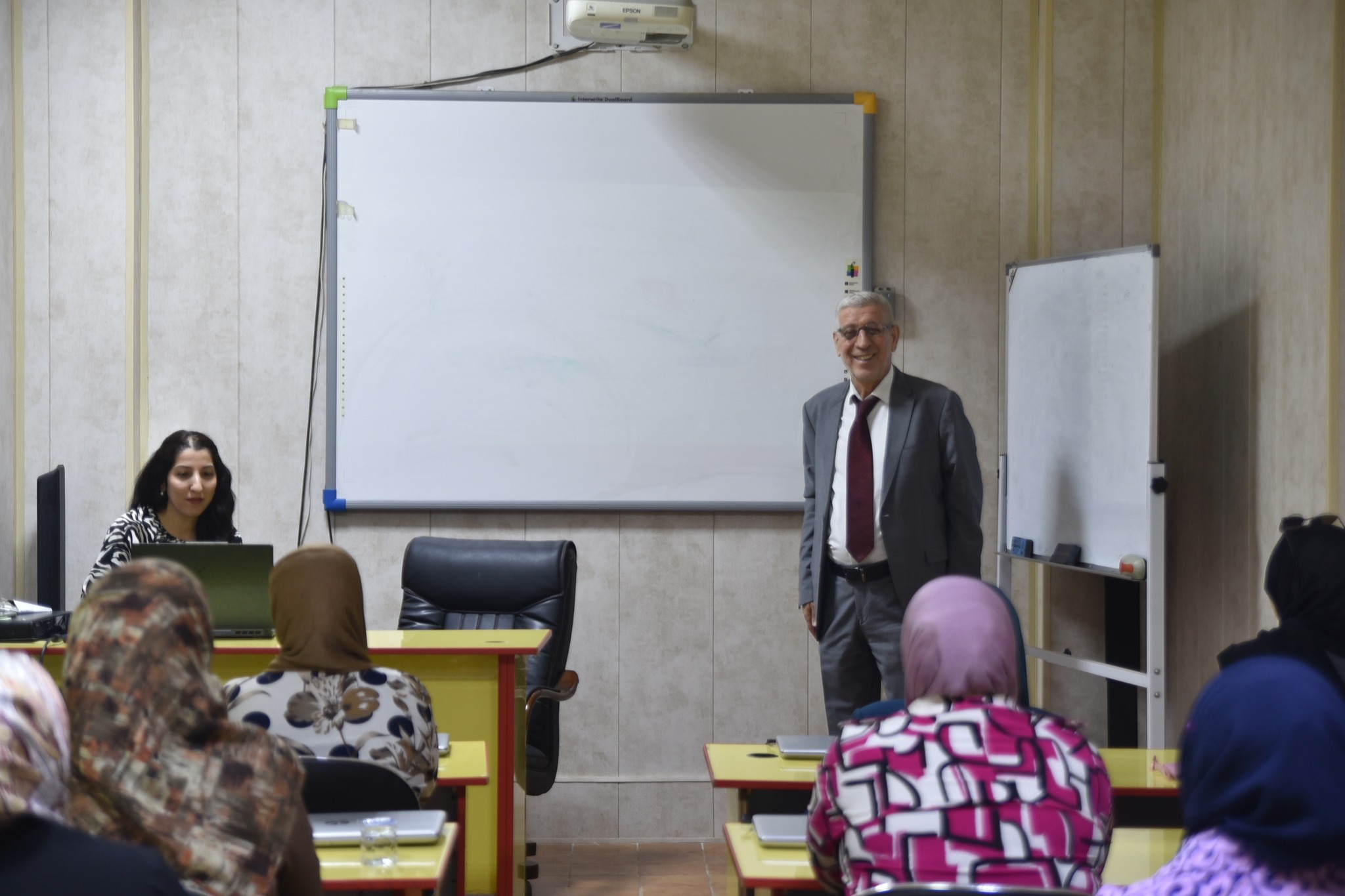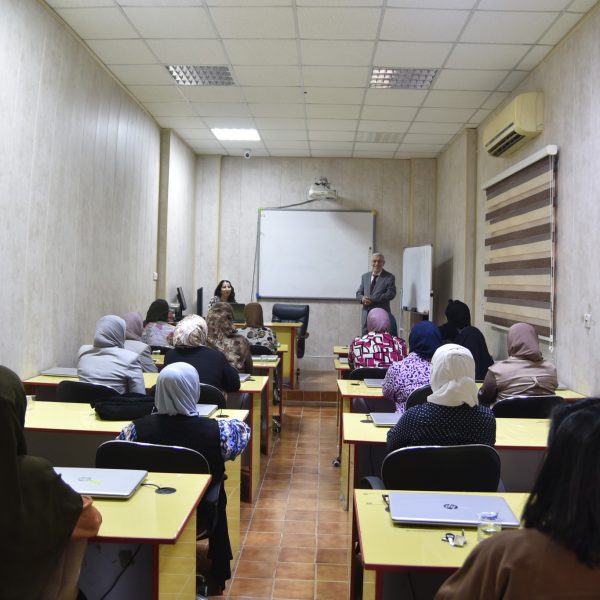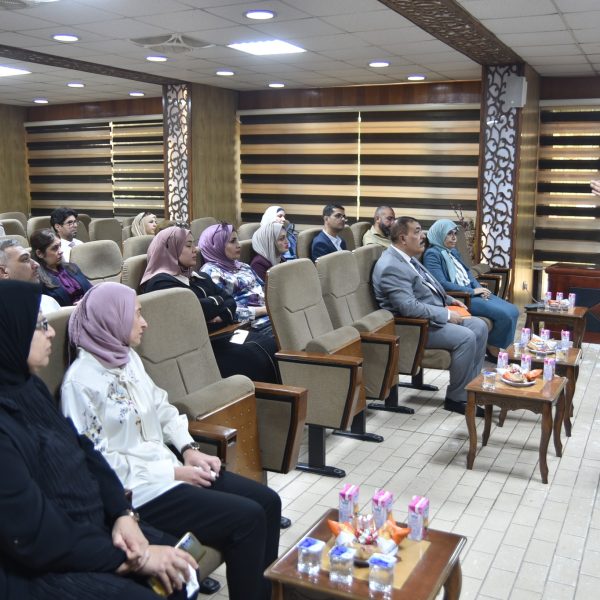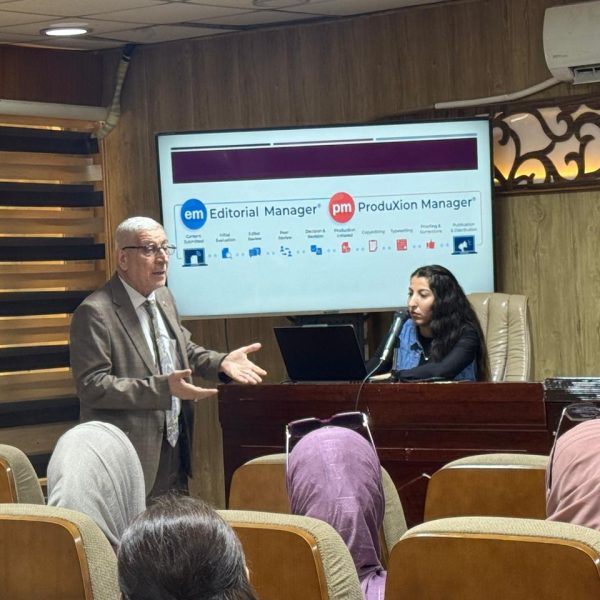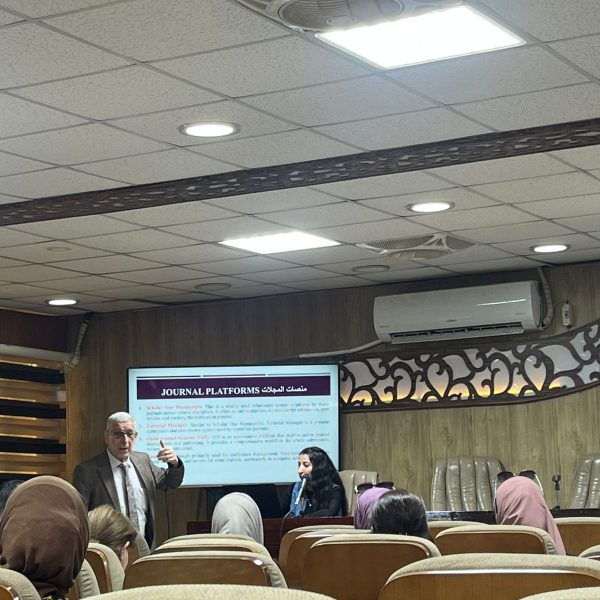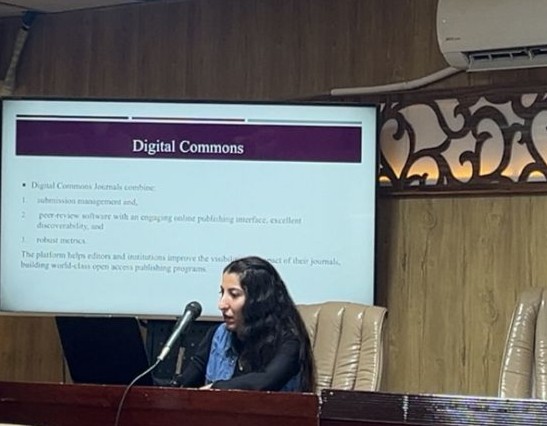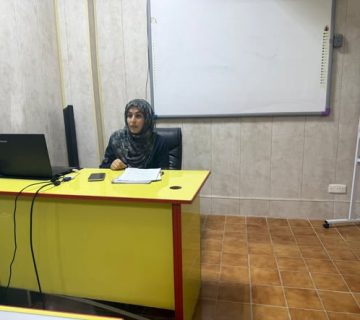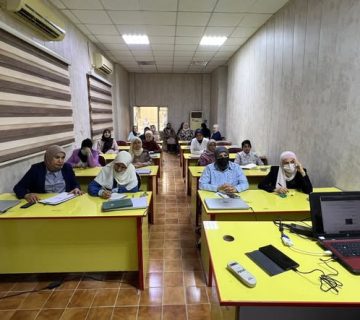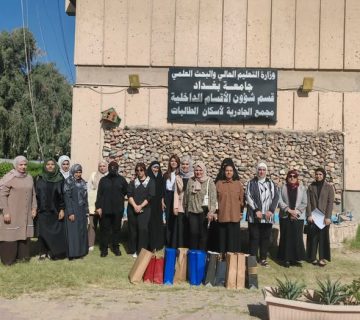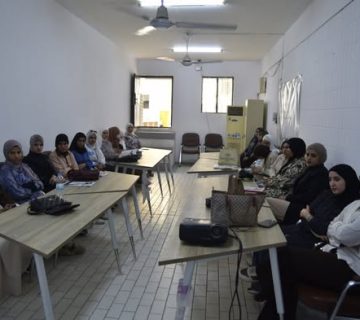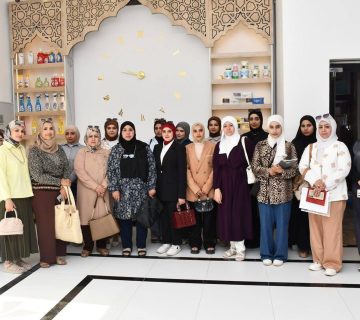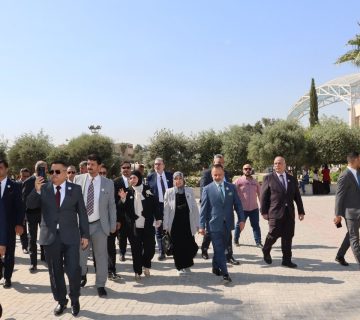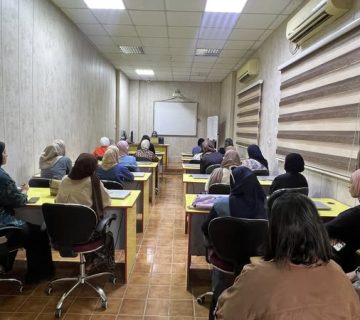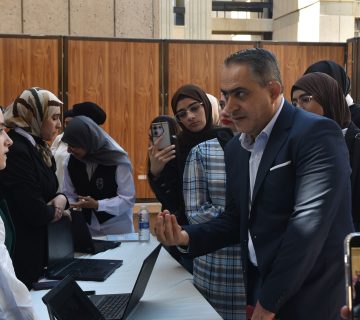Under the patronage of the Dean of the College of Science for Women, Prof. Dr. Sameera Naji Khdim, the Baghdad Science Journal Unit, in cooperation with the Scientific Affairs Unit, organized a training workshop entitled “The Mechanism of Working with the Editorial Manager System.” The workshop was designed for researchers and faculty members interested in publishing in scientific journals.
The workshop was presented by Prof. Dr. Fikrat Majeed Hassan, Editor-in-Chief of the Baghdad Science Journal, and Programmer Mina Taha Ibrahim. It aimed to clarify the steps for using the system—from the stage of submitting manuscripts and receiving them, to resubmitting the revised version after peer review.
The session included a detailed presentation on the process of manuscript submission by researchers and the common challenges they might face during submission. The main points addressed were as follows:
Creating a New Account: An explanation of how to register in the journal’s new system.
Manuscript Submission: The presenters illustrated the steps of uploading manuscripts through the Editorial Manager system, emphasizing the importance of carefully reading the journal’s guidelines and ensuring that all required files are uploaded correctly.
The workshop also provided valuable advice on handling common issues, such as uploading files in the wrong section, failing to implement reviewers’ comments, or errors in formatting tables and figures. In addition, the speakers discussed effective communication methods between editors and authors.
The first day of the workshop concluded with a discussion and Q&A session, during which participants exchanged experiences, shared their personal insights on using the system, and received technical consultations regarding the challenges they encounter.
It is worth noting that holding such workshops represents a valuable opportunity for researchers and editors to acquire technical and administrative skills in the field of scientific publishing. This contributes to enhancing the efficiency and smoothness of editorial workflows within academic journals and strengthens the overall process of scholarly publication.

